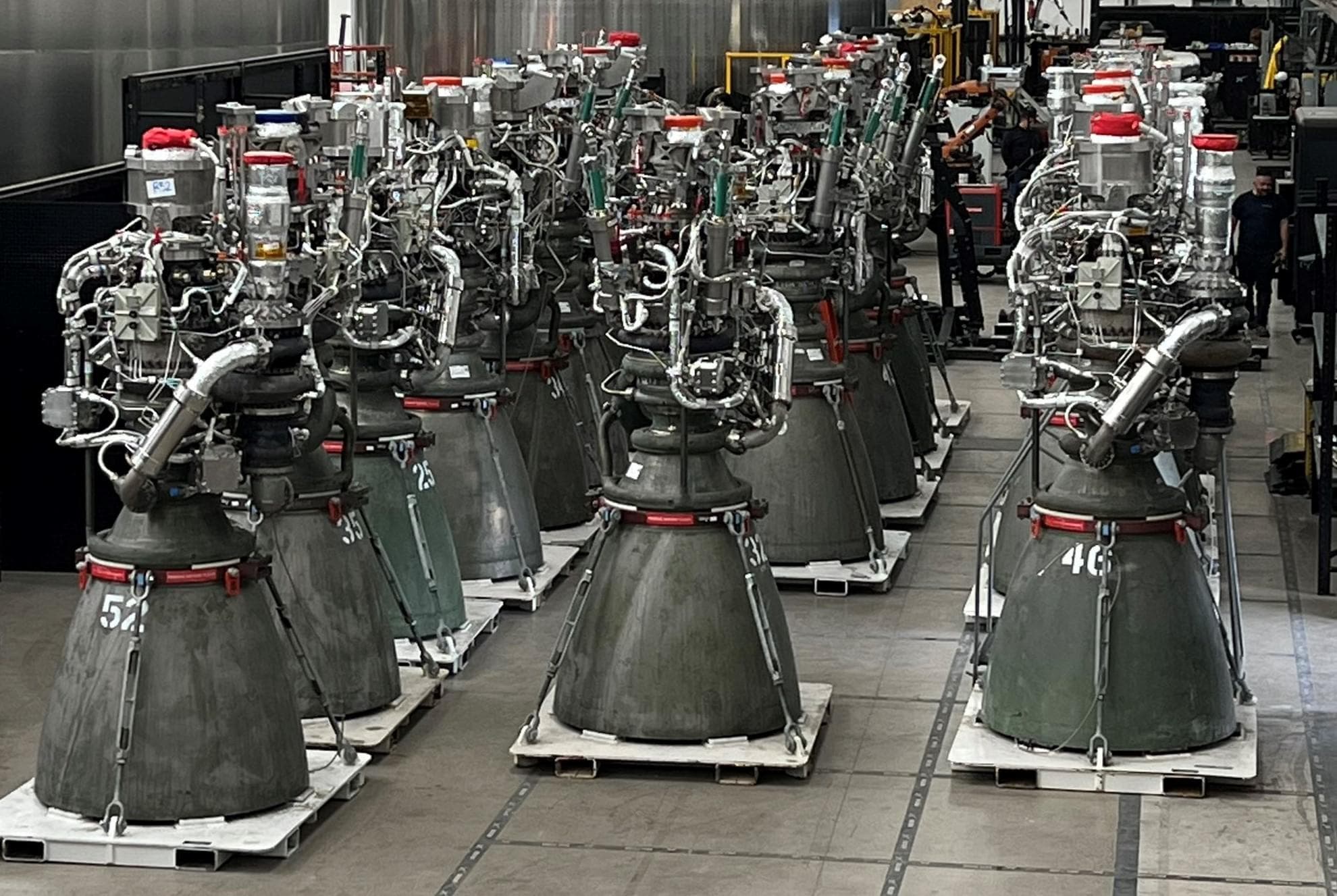SpaceX Starbase Transforms Raptor Engine Integration, Boosting Efficiency from Forklift Era

Starbase, Texas – A recent social media post by former SpaceX employee Dylan Small has shed light on the significant evolution of operations at SpaceX's Starbase facility, particularly concerning the handling and integration of its powerful Raptor engines. Small's tweet reminisced about a challenging period approximately a year ago, highlighting the stark contrast with current streamlined processes.
"This was about a year ago, and since then many people have moved on or shifted roles. That period was one of the toughest builds we went through. We had just gotten the engine carts running, which was a game changer. On night shift, I was the one forklifting Raptors back and forth between Raptor’s Nest and the dance floor with maybe like two inches of clearance on each pass, lol.... Then I’d hop off the forklift and help install them with a small crew. At Starbase, everyone wears multiple hats, and the things we had to do to make it all work before the systems that are in place now would blow people’s minds. Still, this photo captures a great moment with an amazing team."
The tweet vividly illustrates a time when the integration of Raptor engines into Starship and Super Heavy prototypes relied heavily on manual labor and improvisation. Small's account of "forklifting Raptors back and forth between Raptor’s Nest and the dance floor" points to the early, less automated methods. "Raptor's Nest" likely refers to the engine storage or staging area, while the "dance floor" was colloquially known as the engine integration bay or a specific test stand where engines were moved and aligned for installation.
The introduction of "engine carts" is described as a "game changer," signaling a pivotal shift from the precarious forklift operations. These specialized carts and stands have significantly improved the safety and efficiency of moving the multi-ton Raptor engines. Recent developments at Starbase's production site, including Mega Bay 1 and 2, now feature advanced infrastructure designed for easier and more precise engine installation on Super Heavy boosters and Starship upper stages.
This operational maturation mirrors the rapid evolution of the Raptor engine itself. From its initial "Christmas tree" appearance (Raptor 1) with numerous external pipes and wires, the engine has undergone significant simplification, culminating in the sleek, more integrated Raptor 3. This design philosophy, often summarized by Elon Musk as "the best part is no part," has led to lighter, more reliable, and more cost-effective engines, with many components now internalized through advanced manufacturing techniques like 3D printing.
The "toughest builds" period, as described by Small, underscores the "everyone wears multiple hats" culture prevalent in the early, fast-paced development cycles at Starbase. This hands-on, problem-solving approach was crucial in overcoming challenges before the sophisticated "systems that are in place now" were fully established. The continuous drive for efficiency and automation in engine handling is vital as SpaceX aims for rapid reusability and high-volume production of Starship and Super Heavy.